How I Tackled the Alps Divide Part 1: Training and Preparation

This article is a look at what it took to ride the Alps Divide this year (2024) and finish in the top ten. It’s the kind of piece I would have been searching for when I first started these events. I’m not an authority and no podium threat, but after racing five ultra-endurance events in recent years (and finishing four), I’ve learned a few things. So, here are the key factors I credit for some decent finishes.
- Alps Divide 2024: 7th
- Hellenic Mountain Race (HMR) 2024: DNF (Illness)
- Transcontinental Race (TCR) 2023: 59th
- Trans Balkan Race (TBR) 2023: 11th
- Hope 1000 2022: 29th
Fitness & Training
Here’s what Strava has recorded so far this year, from January 1st to October 12th, 2024 (keeping in mind that 1000km and 33,000m of this was during the Alps Divide):
- Distance: 9,300km (31% down from last year)
- Elevation: 247,000m (21% up from last year)
- Time: 653 hours (8% down from last year)
It goes without saying that you need to be pretty fit to complete these courses within the cut-off time, let alone do well. I didn’t really do any “training” until the Covid lockdown when I got a turbo trainer. In 2020/2021, I began some structured training, ramping it up in 2022 for the Hope 1000. For 2023, I prepped for the Trans Balkan and Transcontinental races with a more focused effort.
This year, with the Hellenic Mountain Race in May and Alps Divide in September, I spent less time on the trainer and more time outdoors, doing much less structured training and more of what I call “just riding.” It’s more enjoyable that way. I also set a goal of 300,000m elevation gain across all sports this year, after hitting 200,000m by mid-October for the past two years.
The shift toward more MTB riding this year also explains why my overall distance is lower than last year. For reference, my FTP was around 310 when I last measured it in January (and I haven’t seen many PRs this year, so I doubt it’s changed). At 80kg, that’s under 4 w/kg—not particularly impressive, but I perform well in long, steady Z2 efforts.
Goal Setting
After surprising myself with an 11th place finish in the Trans Balkan Race, I aimed for a top 50 finish in the TCR. I missed it by six hours, finishing 59th. I let go of the goal too soon, around CP1, thinking I didn’t care. But when I finished, I realised I did care and regretted not pushing harder.
I then set a goal for a top 10 finish in one of this year’s events. The Hellenic Mountain Race was always going to be tough, given its reputation and my limited spring training (it’s hard to get proper base miles in when you live in a ski resort!). The Alps Divide, with a whole summer to prepare, seemed like the better shot.
I also had my 300,000m elevation goal as extra motivation.
Experience
You get better at these races with experience. You learn how your body reacts to fatigue, how crucial nutrition is (hint: eat everything), and what kit you can afford to leave behind.
I took more risks in the Alps Divide than in previous races, which helped secure the top 10 finish. Experience definitely made me less risk-averse.
- Riding at night: I don’t mind riding in the dark, and in September, the sun sets around 8pm—too early to stop. Without a late sunset to mentally trigger “time to stop,” I just kept riding. It’s a psychological thing, but it worked.
- Not over-planning: I went with the flow. Found food and shelter when I needed it, and if I didn’t, I was happy to keep going. I missed dinner one night but had enough snacks to get by. This approach works in the Alps, where towns and water are everywhere.
- Minimal tech: My Garmin died, so I couldn’t calculate distances or elevations. I could’ve used Komoot on my phone, but not in the rain. Without the full details of climbs or distances, I rode more freely, just following the line on my watch. If I’d known the exact details, I might’ve ridden more conservatively!
There we have it. If you're interested in the bike and gear I took, read part 2.
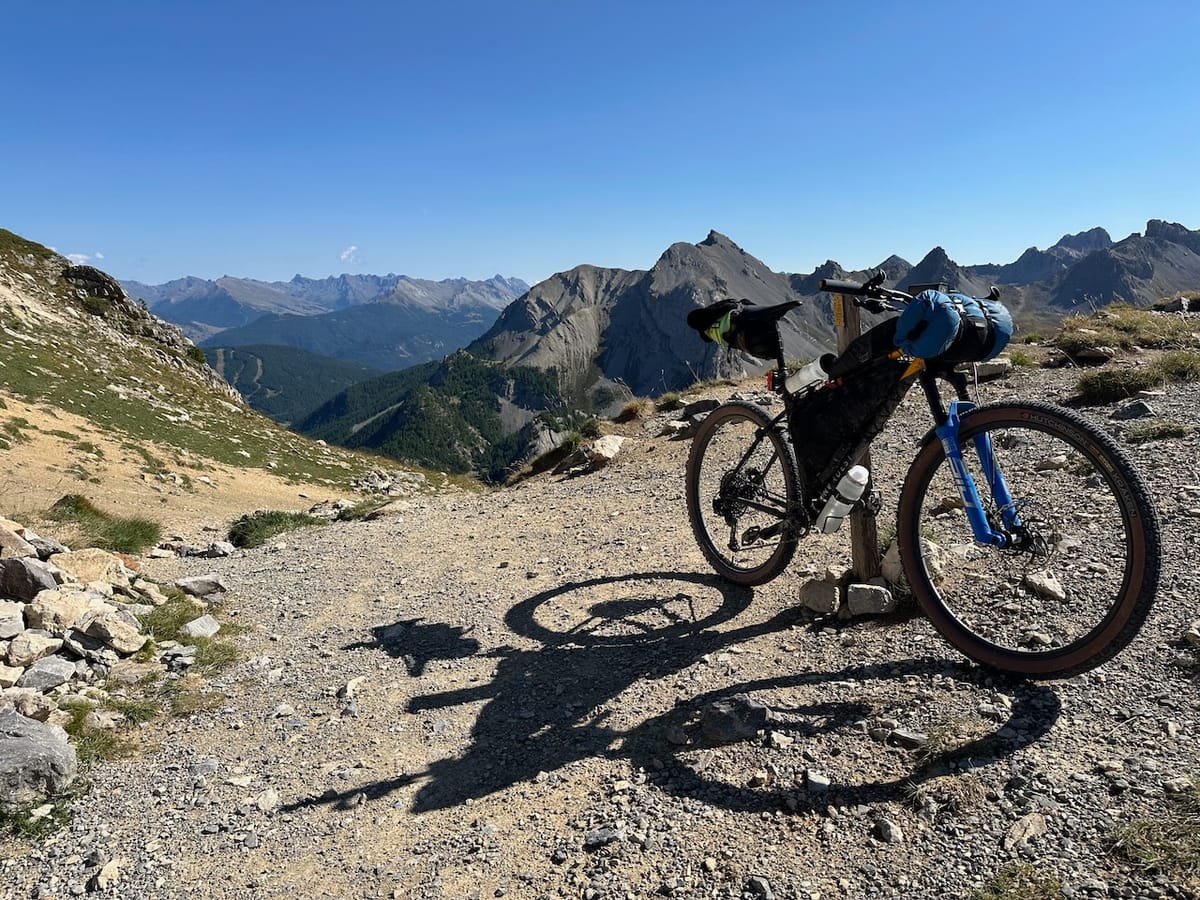
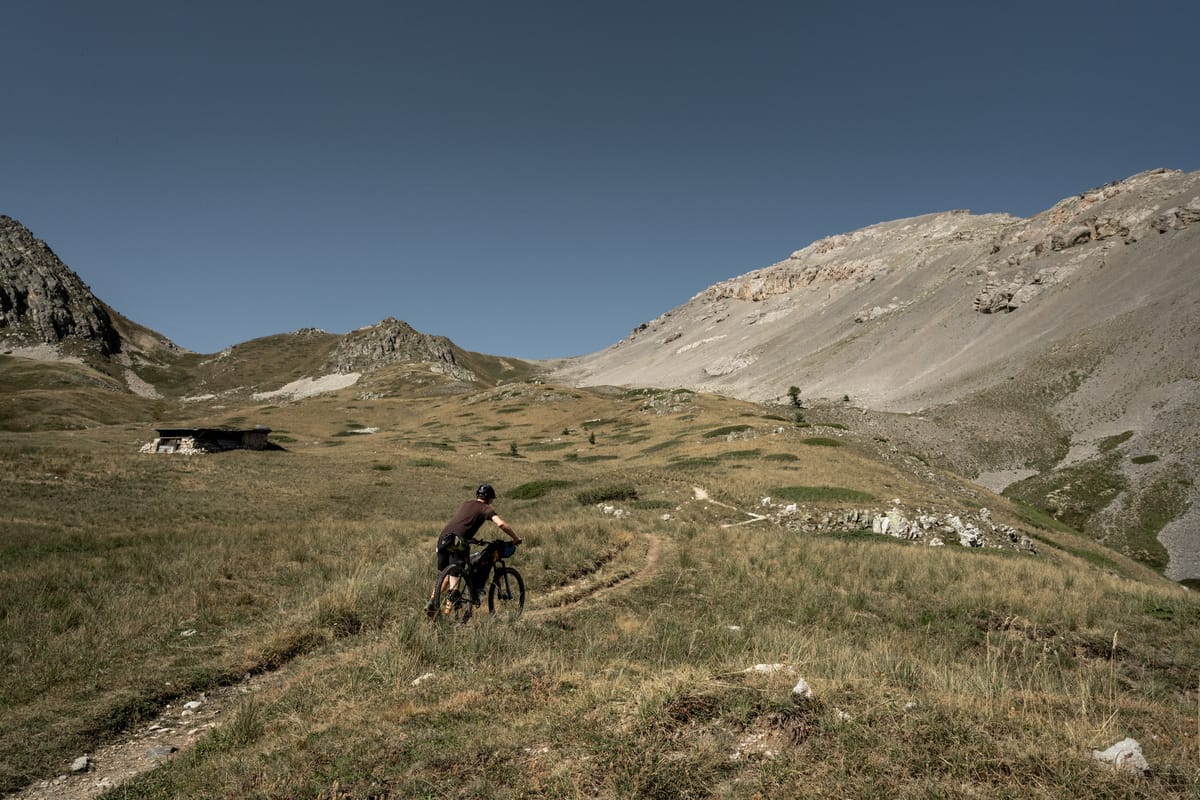




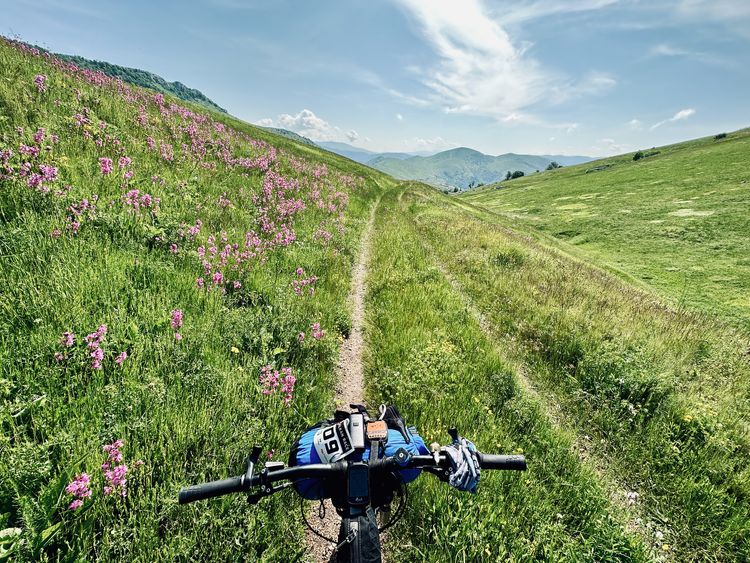
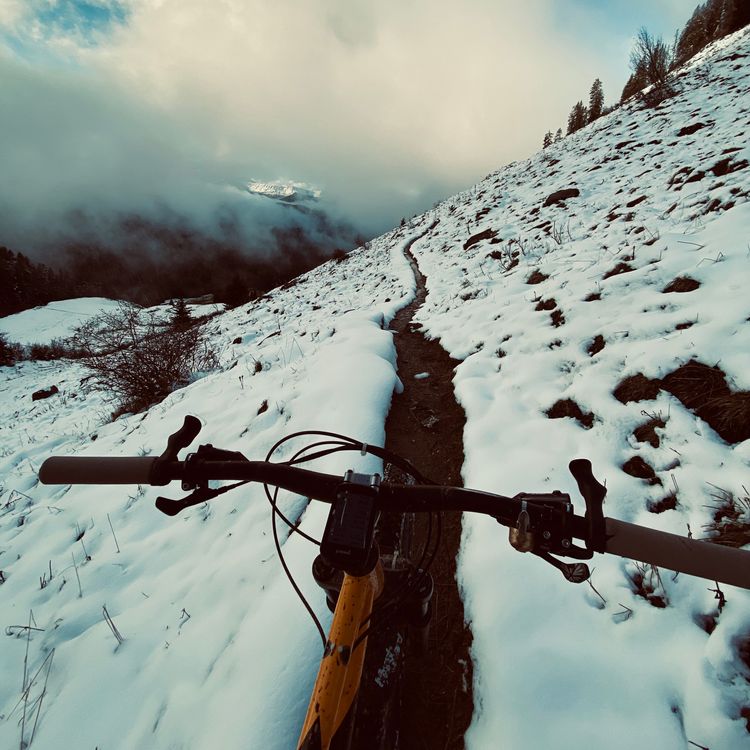
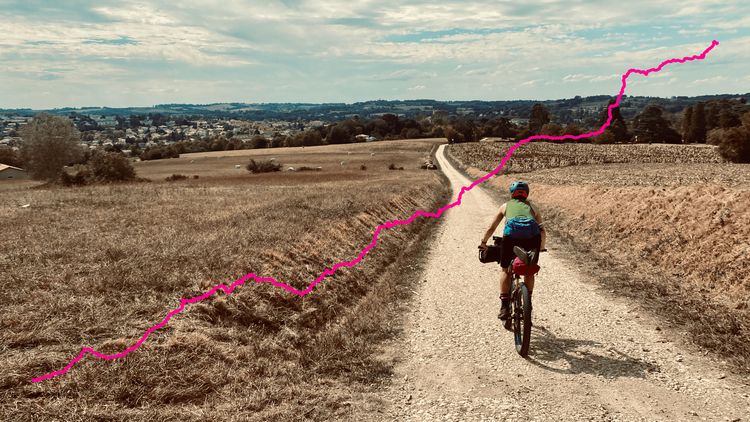
Member discussion